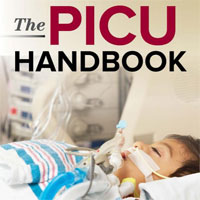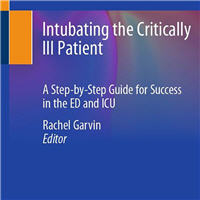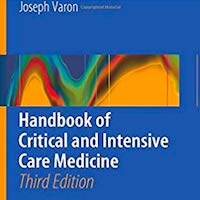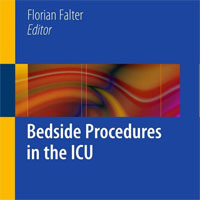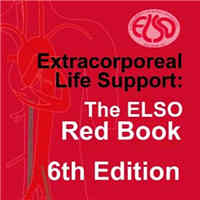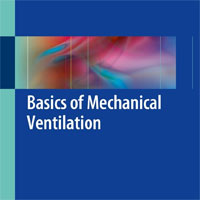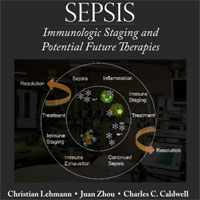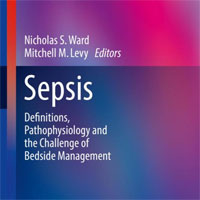Tag: oxygenation
Sodium Bicarbonate In In-Hospital and Out-of-Hospital Cardiac Arrest
Cardiac arrest is a common cause of death worldwide. Sodium bicarbonate (SB) has commonly been used during cardiopulmonary resuscitation (CPR) to correct metabolic acidosis (MA). However, the existence of evidence about its... read more
ECMO. Extracorporeal Membrane Oxygenation
Extracorporeal membrane oxygenation (ECMO), is a rapidly developing technology for supporting or even replacing heart and/or lung functions for days or weeks, giving the time for recovery, other therapeutic interventions... read more
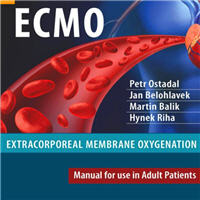
Toward Precision Medicine in ARF
Acute hypoxemic respiratory failure (AHRF) is one of the leading causes A for admission to the ICU. Acute respiratory failure (ARF) is defined as the inability of the respiratory system to meet the oxygenation and ventilation... read more
ECMO Use in Pediatric Trauma: National Trauma Data Bank Report
The findings of this study support the increasing use of extracorporeal membrane oxygenation (ECMO) as a potentially effective intervention for pediatric trauma patients, including those with TBI. While ECMO provides... read more
Mechanical Ventilation Timing in Sepsis
A recent study by Dr. Kim and colleagues examined the association between the timing of mechanical ventilation (MV) and clinical outcomes in ICU patients with sepsis. The study included 2440 adult sepsis patients from... read more
Oxygenation Indices and Early Prediction of Outcome in Hypoxemic Patients with COVID-19 Pneumonia Requiring NIV Respiratory Support in Pulmonary Intermediate Care Unit
Oxygenation indices (OI) showed different effectiveness in predicting NIRT failure within 24 h of treatment in COVID-19 related pneumonia. This may be due to the multi-factorial pathophysiology of hypoxemia. Our study... read more
Non-Intensive Care Unit Feasibility for Ambulatory VV-ECMO Patients
Our data suggests that ambulatory veno-venous extracorporeal membrane oxygenation (VV-ECMO) patients may tolerate less than ICU level of care and may even progress to outpatient management as ECMO technology continues to... read more
Extended Prone Position and 90-Day Mortality in Mechanically Ventilated Patients with COVID-19
Extended prone positioning (PP) was associated with improved 90-d survival in subjects with COVID-19 undergoing mechanical ventilation for severe ARDS. These findings suggest the potential benefit of EPP in the management... read more
Septic Shock in the Prehospital Setting
Septic shock (SS) is a potential life-threatening condition in which an early identification and immediate therapy stand out as the main cornerstones to improve survival chance; in this context, emergency medical services... read more
The Pathophysiology of Happy Hypoxemia in COVID-19
The novel coronavirus disease 2019 (COVID-19) pandemic is a global crisis, challenging healthcare systems worldwide. Many patients present with a remarkable disconnect in rest between profound hypoxemia yet without proportional... read more
Hypothermic Cardiac Arrest: Prognostic Factors for Successful Resuscitation Before Rewarming
Patients with core body temperature ... read more
Protocolized Fluid Balance Neutralization During CRRT
Bitker et al. report the GO NEUTRAL randomized clinical trial results, which investigated fluid balance neutralization guided by functional hemodynamic monitoring (FHM) protocol versus a standard of care in critically ill... read more
Preventing VAP Non-Pharmacologically
In critically ill, intubated patients on intensive care unit (ICU), ventilator-associated pneumonia (VAP) is a significant complication contributing to substantial mortality, morbidity, and prolonged stays, which in turn... read more
ARDS and Prone Positioning
Prone positioning has been a treatment option for acute respiratory distress syndrome in critically ill patients. Since the COVID-19 pandemic, awake prone positioning has been utilized as a treatment option for non-intubated... read more
Management of Refractory COPD
Chronic obstructive pulmonary disease (COPD) is a common condition with an estimated global prevalence of almost 12 percent in adults over age 30 years [1-3]. Prior to the onset of the COVID-19 (coronavirus disease 2019)... read more
Oxygen Therapy and Noninvasive Respiratory Supports in Acute Hypoxemic Respiratory Failure
Whereas oxygen supplementation should be initiated for patients with acute hypoxemic respiratory failure defined as PaO2 below 60 mm Hg or SpO2 ... read more
Optimizing Oxygenation For Tracheal Intubation in Critically Ill Patients
Tracheal intubation (TI) is a common procedure frequently performed in critically ill patients and is an integral part of emergency airway management (EAM). However, it carries inherent risks and can significantly impact... read more
Veno-Arterial-Venous ECMO in a Patient Undergoing Dialysis and Having Cardiopulmonary Failure Due to COVID-19
COVID-19 can cause cardiomyopathy, a rare cardiovascular disorder that can lead to cardiogenic shock. The cardiac and respiratory symptoms may not occur simultaneously, and it is possible to switch to veno-arterial-venous... read more
Oxygen Therapy in Acute Hypoxemic Respiratory Failure
Although largely used, the place of oxygen therapy and its devices in patients with acute hypoxemic respiratory failure (ARF) deserves to be clarified. The French Intensive Care Society (Société de Réanimation de Langue... read more
Conservative or Liberal Oxygen Targets in Patients on VA-ECMO
In adults receiving VA-ECMO in the ICU, a conservative compared to a liberal oxygen strategy did not affect the number of ICU-free days to day 28, nor any other measurable patient outcomes up to 6 months after ICU admission.... read more
Predictors of High-flow Nasal Cannula Failure in COVID-19 Patients
A retrospective cohort study was conducted during the months of March and May 2021. Data collection was based on a follow-up of 156 hospitalized patients with a diagnosis of COVID-19 who were users of high-flow nasal cannula... read more
How does high fowlers position help with ventilation?
The High Fowler's position, characterized by an inclination of 60-90 degrees, significantly enhances ventilation by optimizing lung expansion and improving respiratory mechanics. This position is particularly beneficial for... read more


